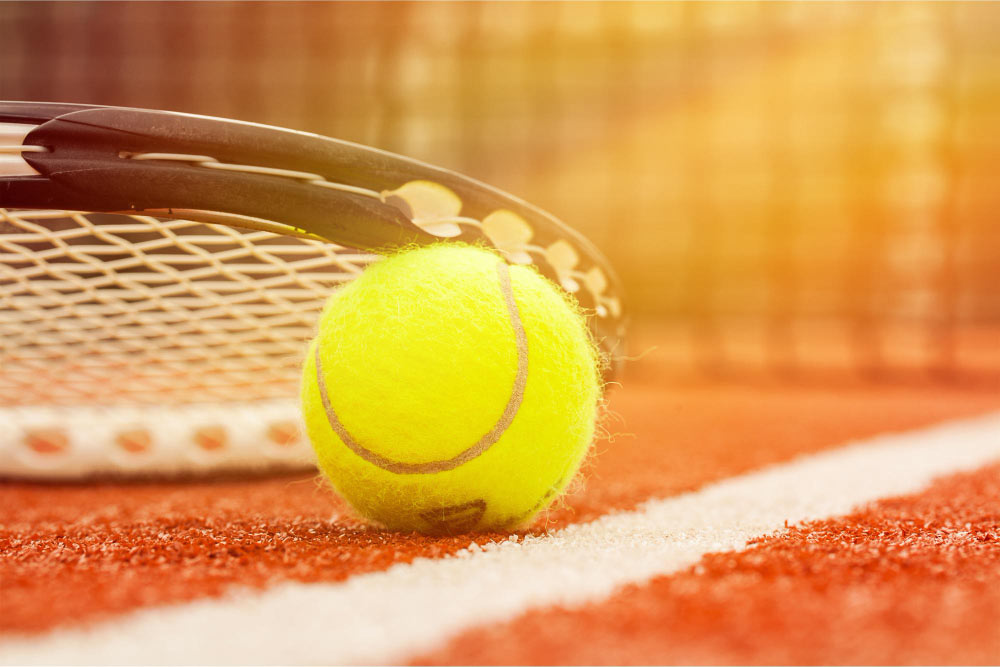If you think that tennis balls were simply yellow fuzzy balls, one no different from another, you are most definitely wrong. Tennis balls are much more than that. Here are some facts about tennis balls that you may or may not already know:
Pressurized vs. Pressureless Tennis Balls:
• There are two main types of tennis balls: pressurized and pressureless.
• Pressurized tennis balls have a hollow core, filled with air. Some tennis ball manufacturers use nitrogen in the center, because this air tends to last longer – pressurized balls will lose their pressure after about a month or so after opening the pressurized can that they come in. As they lose their pressure, they become “dead” and do not bounce so well.
• Pressureless balls have a solid core. These tennis balls are great for anyone who does not play tennis that often and/or to use and training tennis balls. These tennis balls do not lose their bounce. However, the felt will slowly wear off, and they will eventually need to be replaced.
Regular Duty, Extra Duty, or High Altitude Tennis Balls:
• When you buy tennis balls, the container that they come in should be clearly marked with what kind of balls it contains – regular duty, extra duty, or high altitude tennis balls.
• Regular duty tennis balls should be used on indoor and clay courts. Extra duty balls would get too fuzzy if used on clay courts.
• Extra duty tennis balls are used on grass courts and tennis courts.
• High altitude tennis balls are used in places like Denver where you are playing 4,000 feet or more above sea level. These balls have different pressure – regular balls would bounce too much at this elevation.
Tennis Ball “Fuzziness:”
• Without the yellow (or white…) fuzziness of tennis balls, the game of tennis would be a whole lot different. The fuzz of the tennis balls creates friction. The fuzziness of the balls creates dray in the air, making topspin and backspin more pronounced and more possible.
Numbers on the Tennis Balls:
• Have you ever wondered what the numbers on your tennis balls meant? Do they reference the weight or style of the tennis balls, etc.? No.
• The numbers on the tennis balls are simply for your benefit – if you are playing with Wilson 1 balls, and the people on the court next to you are playing with Wilson 2 balls, it is easier to retrieve your tennis balls when they wander onto another tennis court. The numbers help you tell your balls apart from other players’ balls (assuming that you are not using the same brand and same number of tennis balls!)





